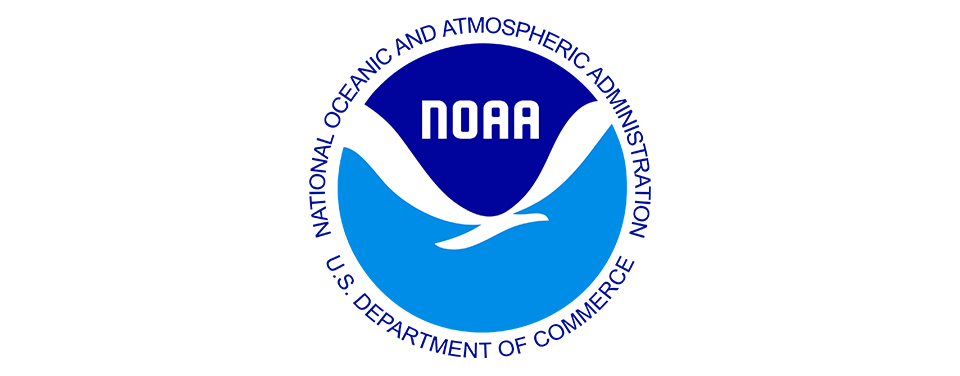000 WTPA41 PHFO 282052 TCDCP1 Tropical Storm Hone Discussion Number 26 NWS Central Pacific Hurricane Center Honolulu HI CP012024 1100 AM HST Wed Aug 28 2024 Due to strong vertical shear, Tropical Storm Hone continues to be asymmetric with its low level center intermittently exposed and deep convection mostly confined to the northern semicircle of its circulation. The latest subjective Dvorak intensity estimates from PHFO, JTWC, and SAB ranged from 30 to 55 kt. The various objective estimates were 30 to 40 kt. A blend of the estimates would support lowering the intensity to 40 kt. However, the initial intensity has been conservatively held at 45 kt for this advisory due to a recent burst of deep convection near the system's center. The strong vertical shear affecting Hone is not expected to abate over the next 3 days. However, SSTs beneath the tropical cyclone are very warm, which may keep deep convection active, resulting in the maintenance of an asymmetric tropical storm through at least the next couple of days. The consensus of the objective aids shows a slow weakening over the next couple of days, but a slight increase in strength from day 3 onward. The FSU phase space diagrams for the various global models keep Hone as a warm core system even after interacting with the upper tropospheric low. For now, the forecast maintains Hone as a tropical storm a little longer than the previous package, then maintains it as a post-tropical cyclone through day 5. It should be noted that there is a possibility Hone may survive as a tropical cyclone and even intensify to a typhoon west of the International Date Line. Hone's initial movement is 280/7 kt and is being steered by a weak low- to mid-level ridge to the north. This general motion is expected to continue over the next couple of days based on the tight clustering of the objective guidance. As Hone approaches the International Date Line, the tropical cyclone is forecast to interact with a developing low aloft, which will result in a turn toward the northwest. The various global models handle this interaction differently, resulting in greater spread in the objective guidance and greater uncertainty toward the end of the forecast period. Considering the uncertainties in the forecast track and intensity, there is a potential risk of impacts to Midway, Kure, and Pearl and Hermes Atolls toward the end of the forecast period. FORECAST POSITIONS AND MAX WINDS INIT 28/2100Z 20.6N 168.9W 45 KT 50 MPH 12H 29/0600Z 20.9N 170.3W 40 KT 45 MPH 24H 29/1800Z 21.2N 172.1W 40 KT 45 MPH 36H 30/0600Z 21.6N 173.7W 35 KT 40 MPH 48H 30/1800Z 22.1N 174.8W 35 KT 40 MPH 60H 31/0600Z 22.5N 175.9W 35 KT 40 MPH 72H 31/1800Z 23.4N 176.6W 35 KT 40 MPH...POST-TROPICAL 96H 01/1800Z 26.0N 178.0W 40 KT 45 MPH...POST-TROPICAL 120H 02/1800Z 27.0N 178.0E 40 KT 45 MPH...POST-TROPICAL $$ Forecaster Kodama
Source link


